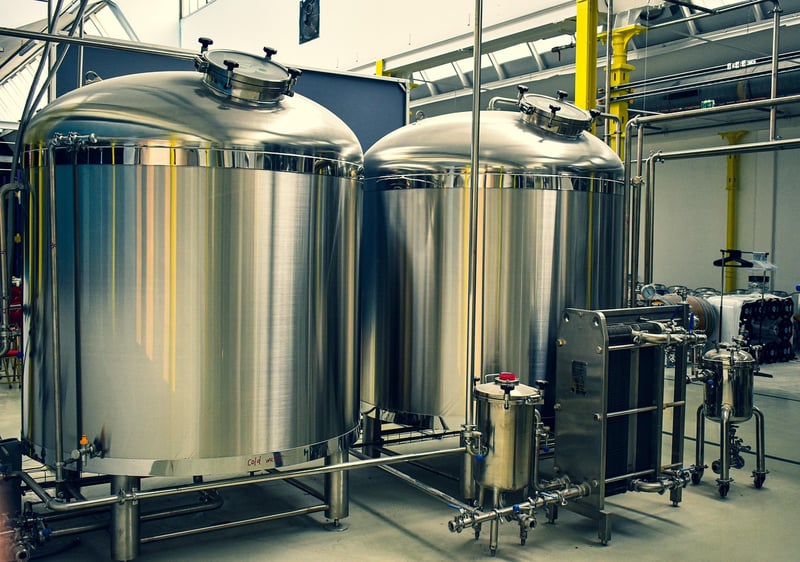Fermentation Methods
Cutting-Edge Methods for Baking and Fermentation

Baking and fermentation are age-old culinary practices that have evolved over time. With advancements in technology and a deeper understanding of food science, new cutting-edge methods have emerged to enhance these processes.
1. Controlled Fermentation Chambers
Traditional fermentation relies on ambient temperature and humidity levels, which can vary and impact the final product. Controlled fermentation chambers provide a stable environment with precise control over temperature and humidity, resulting in more consistent and superior fermentation outcomes.
2. Sourdough Starters
Sourdough baking has gained popularity for its unique flavor profile and health benefits. Using specialized sourdough starters with carefully selected strains of wild yeast and bacteria can elevate the fermentation process, leading to complex flavors and improved digestibility.
3. Vacuum Mixing Technology
Traditional mixing methods can introduce excess air into the dough, affecting its texture and structure. Vacuum mixing technology removes air from the mixing bowl, allowing for better hydration of ingredients and more efficient gluten development, resulting in lighter and fluffier baked goods.
4. Enzyme Innovation
Enzymes play a crucial role in breaking down complex molecules during fermentation. Innovative enzyme blends tailored for specific applications can enhance dough handling, increase volume, and improve shelf life, offering bakers greater control over the baking process.
5. High-Pressure Processing
High-pressure processing is a non-thermal preservation method that can be applied to fermented products like yogurt and sourdough. By subjecting the products to high pressure, harmful pathogens are inactivated while preserving the fresh flavors and nutritional benefits of the final product.
By incorporating these cutting-edge methods into traditional baking and fermentation practices, chefs and bakers can unlock new possibilities, create innovative products, and meet the evolving demands of modern consumers.
Experimenting with these techniques can lead to exciting culinary creations that push the boundaries of flavor, texture, and quality in the world of baking and fermentation.
